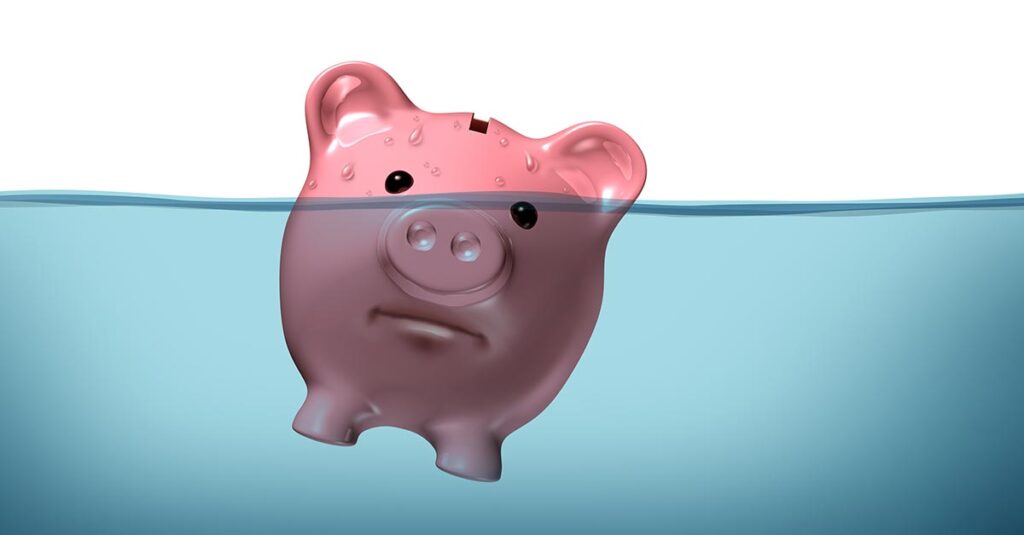
Getting into debt can be a useful financial tool if managed properly, but it can also lead to significant problems if not controlled. That is why we show you how to get into debt correctly.
First, it is crucial to have a valid and well-planned reason for taking on debt. The need must be aligned with clear objectives, such as buying a home, financing an education or investing in a business. In this way, debt becomes a means to achieve important goals rather than a temporary solution to immediate problems.

Second, it is essential to understand the terms of the loan before making a commitment. This includes the interest rate, repayment term, and any additional fees or penalties. Knowing these details allows you to make comparisons between different offers and select the most favorable option. In addition, it is important to calculate how these terms fit into your ability to pay, making sure that the fees do not negatively affect your financial stability.
The third step is to draw up a realistic and sustainable payment plan. You should carefully budget your income and expenses to ensure that you can meet the debt payments without compromising your quality of life. A good repayment plan also includes setting up an emergency fund to cover any eventuality that may arise and affect your ability to meet obligations.

Fourth, maintaining open communication with the lender is critical in the event of financial difficulties. If you are having trouble making payments, informing the lender in a timely manner can lead to solutions such as debt restructuring or extending the payment term. Avoiding default and proactively seeking help helps protect your credit history and avoid additional penalties.
Proactive debt management helps you maintain control over your financial situation and ensures that debt is an effective tool to achieve your goals, not a long-term burden.







